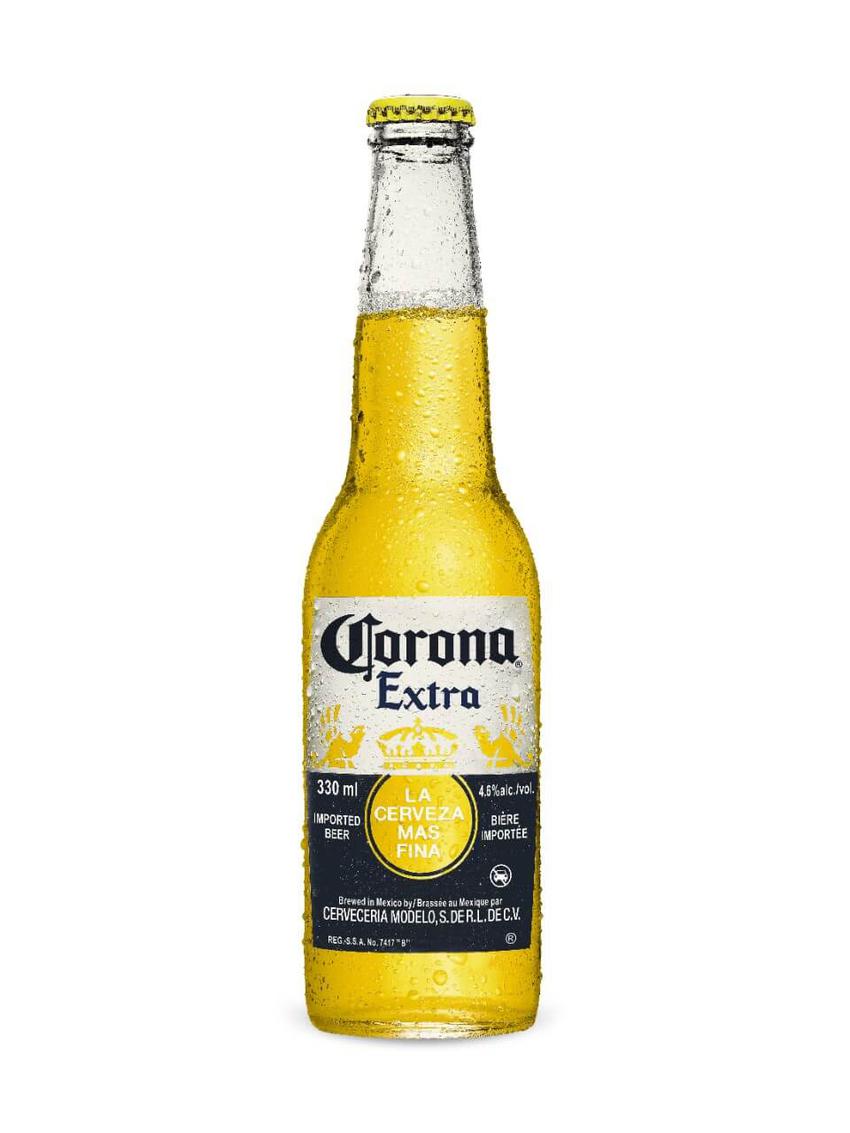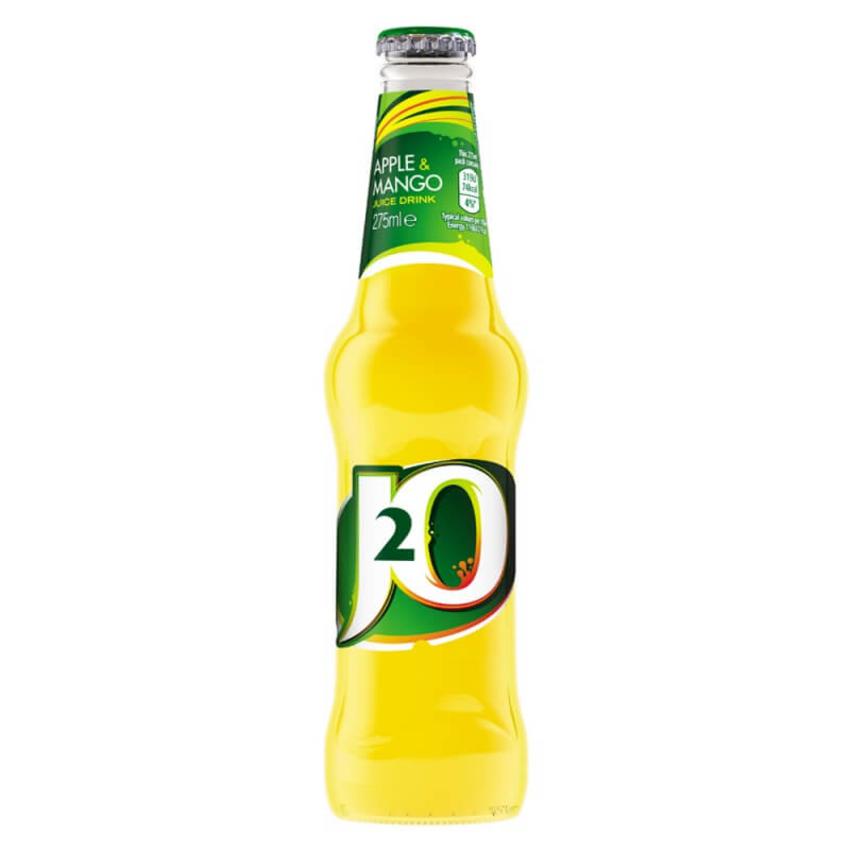If you go through your aging report and notice a single client is responsible for most of your late payments, you can proceed with any necessary measures. Sometimes, you don’t get paid on time because your customer has a different pay cycle than your company offers. In such cases, all you need to do is realign your service delivery or invoice date alerting mechanism to match their pay cycle, lessening the instances of late payments.
Using your collections management system, determine how to handle the large invoices. Contact clients with invoices that are 30 days or more overdue with email reminders and calls. The typical column headers include 30-day windows of time, and the rows represent the receivables of each customer. For example, most companies bill their customers toward the end of the month, and the aging report is generated days later. This means that the report will show the previous month’s invoices as past the due date, when, in fact, some could have been paid shortly after the aging report was generated.
If you have a lot of old accounts receivable balances, especially after 60 or 90 days, your collection processes may need to be revised. With this report, you’re able to look at which customers owe money and how behind they are on payments. The aging report is also used as a tool for estimating potential bad debts, which are then used to revise the allowance for doubtful accounts. An aging schedule often categorizes accounts as current (under 30 days), 1-30 days past due, days past due, days past due, and more than 90 days past due. Companies can use aging schedules to see which bills are overdue and which customers it needs to send payment reminders to or, if they are too far behind, send to collections.
- Using your collections management system, determine how to handle the large invoices.
- This can provide the necessary answers to protect your business from cash flow problems.
- Signs of a slowdown in a company’s receivables collection might suggest sloppy practices.
- First, based on a historical analysis of collectibility, we assign a probability of collection to each category.
There did not appear to be a connection between elevated biological age and the development of Parkinson’s disease. Nine years later, researchers checked to see if participants had developed dementia, stroke, ALS (Lou Gehrig’s disease), or Parkinson’s disease, and if there were any trends in biological age among those who had. Globalization, technological developments (e.g., in transport and communication), discover financial services urbanization, migration and changing gender norms are influencing the lives of older people in direct and indirect ways. A public health response must take stock of these
current and projected trends and frame policies accordingly. Physical and social environments can affect health directly or through barriers or incentives that affect opportunities, decisions and health behaviour.
Companies rely on this accounting process to figure out the effectiveness of its credit and collections functions and to estimate potential bad debts. Accounts receivable aging reports are also required for writing off bad debts. Tracking delinquent accounts allows the business to estimate the number of accounts that they will not be able to collect. Without an accounts receivable aging report, it can be difficult to maintain a healthy cash flow and identify potentially bad credit risks to your business. While generating the accounts receivable aging report, make sure to include the client information, status of collection, total amount outstanding and the financial history of each client.
What does an accounts receivable aging report show you?
Prior research had shown an apparent correlation between elevated biological age and increased risk of developing some cancers, depression, anxiety, and death. But little work had been done on the potential impact of biological age on the development of neurologic disorders, the authors wrote, adding that they next plan to study its impact on other diseases. Simply put, chronological age is how long you’ve been alive—the number of candles on your cake—while biological age is how old your cells are. Some 80-year-olds have physical and mental capacities similar to many 30-year-olds. Other people experience significant declines in capacities at much younger ages. A comprehensive public health response must address
this wide range of older people’s experiences and needs.
The specific receivables are aggregated at the bottom of the table to display the total receivables of a company, based on the number of days the invoice is past due. Accounts receivable aging has columns that are typically broken into date ranges of 30 days each and shows the total receivables that are currently due, as well as those that are past due for each 30-day time period. Accounts payable (“AP”) aging is a bit less commonly used because businesses want to know when they will be paid. Accounting software will likely have a feature that generates the aging of accounts receivable.
What is an Aging Schedule?
Aging is an accounting process that tells you how long you’ve had an asset or how long a bill has gone unpaid. Unlike turnover ratios, which give you averages, aging tracks specific line items and can help you to identify outliers. The aging report also shows the total invoices due for each customer when grouped based on the age of the invoice. The company should generate an aging report once a month so management knows the invoices that are coming due. Some businesses will need to monitor their aging schedules much tighter if they are short on cash or have a large volume of receivables.
Get the latest to your inbox
If action isn’t taken swiftly to rectify these issues, cash may dry up and creditors might be put off lending the company money. Without liquid currency to invest and pay the bills, the company risks insolvency, regardless of how much revenues and profits it registers. The aging schedule also identifies any recent changes and spot problems in accounts receivable. This can provide the necessary answers to protect your business from cash flow problems. We’ve created this guide to help you better understand the accounts receivable aging report. We’ll go over what this report is, why it’s important, what it contains, and how to prepare it.
Depending on your preferences, you can adjust date ranges in your A/R aging report. Business owners use the aging schedule to determine which clients are paying on time and which clients have outstanding invoices. It’s also useful for cash flow purposes and to help you collect outstanding payments. The aging method is used to estimate the amount of uncollectible accounts receivable. The technique is to sort receivables into time buckets (usually of 30 days each) and assign a progressively higher percentage of expected defaults to each time bucket. This time bucket reporting is readily available as a standard report in most accounting software packages.
Problems with the Accounts Payable Aging
It’s called aging schedule because the accounts receivables are broken down into age categories. It indicates the total accounts receivable balance that have been outstanding for specified periods of time. An accounts receivable aging report is a record that shows the unpaid invoice balances along with the duration for which they’ve been outstanding. This report helps businesses identify invoices that are open and allows them to keep on top of slow paying clients. As a collection tool, an aging report makes it easy for business owners and senior management to identify late-paying customers or bad debts, and analyze how their collection processes are faring.
At the end of each accounting period, the adjusting entry should be made in the general journal to record bad debts expense. Compute the total amount of estimated uncollectible and then make the adjusting entry by debiting the bad debts expense account and crediting allowance for doubtful accounts. In this report, you’ll find a list of every contact with the total amount due at the bottom, organized by the amount of days the amount has been due. Most accounting software packages help you prepare this aging schedule automatically and also allow you to export the list to Excel or PDF.
Creating an aging report for the accounts receivables sorts the unpaid customers and credit memos by date ranges, such as due within 30 days, past due 31 to 60 days, and past due 61 to 90 days. Management uses the information to help determine the financial health of the company and to see if the company is taking on more credit risk than it can handle. An aging report lists a company’s outstanding customer invoices and payment due dates. Aging reports help track how long customers owe money to identify collection issues or determine credit terms. An accounts receivable aging report groups a business’s unpaid customer invoices by how long they have been outstanding. Typically, an accounts payable aging report includes vendor names and how much money you owe, each arranged in time buckets to help you determine overdue invoices for payment.





































































